I’ve just come back from a week long, 1,800 km (1,100 mile) road trip around Isaan, Thailand’s north eastern region. The area is a high plateau made of sandstone, which has now crumbled to form a thin, red soil from which peasant farmers try to eke a living. Often the rains fail, leaving the farmers without crops or money. It is one of Thailand’s poorest regions. It is also the home of most of the bar girls and many of the taxi drivers working in Bangkok. Whilst most of the homes here are wooden huts on stilts or soulless concrete blocks, there is the occasional larger house, possibly built with the money from a farang who fell in love with a girl from Isaan.
The driving varied greatly. In places the roads were badly potholed, making travelling a bone-shaking experience. Elsewhere they were broad and fast, and almost traffic free. The cynic in me made me wonder whether these roads had been built to make someone powerful and corrupt powerful, corrupt and rich. For the most port, the roads were very straight, making overtaking easy (and very necessary given the number of slow agricultural vehicles and other lorries on the road) – though heat haze turned the far road into a silvery pool, making it difficult to discern what was happening in the distance.
The landscape was mostly flat or gently undulating and dominated by paddy fields, though in a few places I passed through heavily forested mountains, and also drove alongside the mighty Mekhong, and could see the mountains of Laos on the far side washed grey by the haze.
Isaan is famed for its spicy food: som tam (green papaya salad), laap (a fiery salad with ground meat) and simple grilled meats accompanied by sticky rice. However, on seeing farang customers the chillies seemed mysteriously to disappear, leaving bland, characterless food.
The following Postcards describe some of my more memorable experiences in Isaan.
[288]

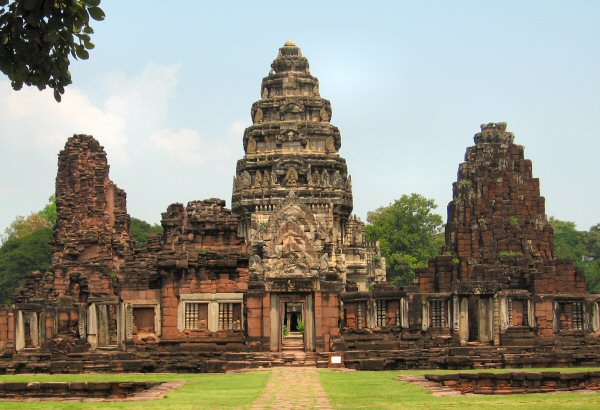
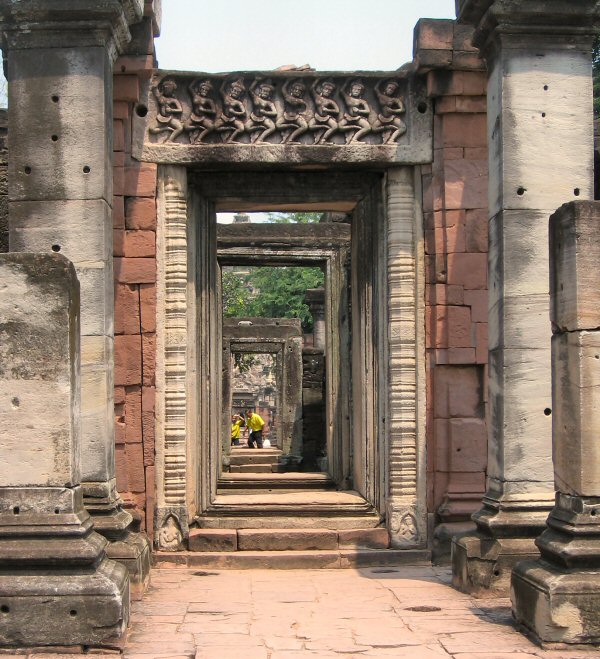
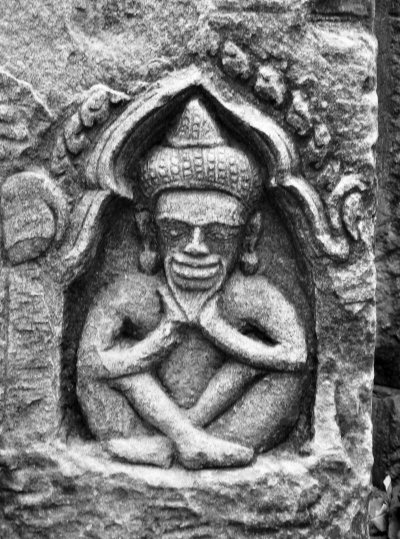
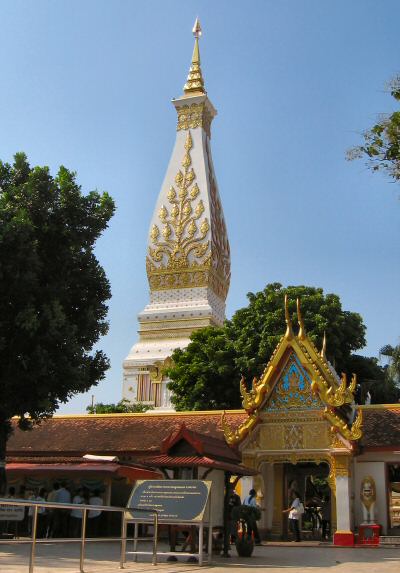
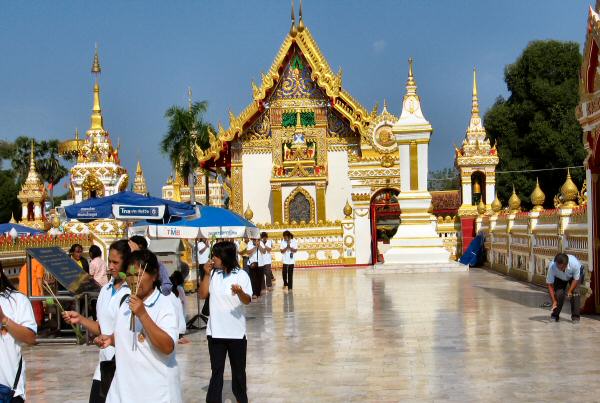
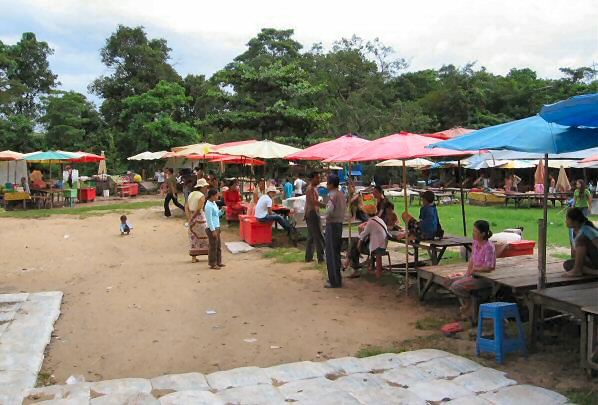

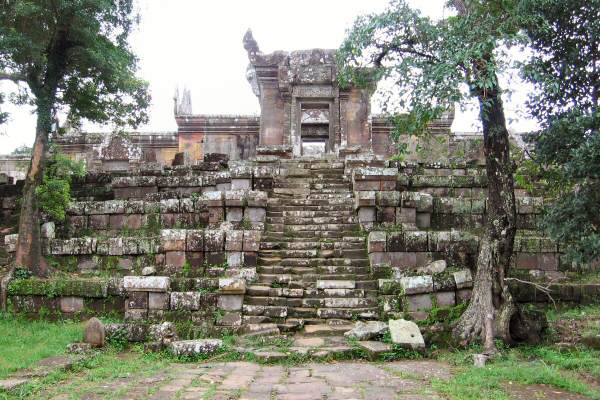
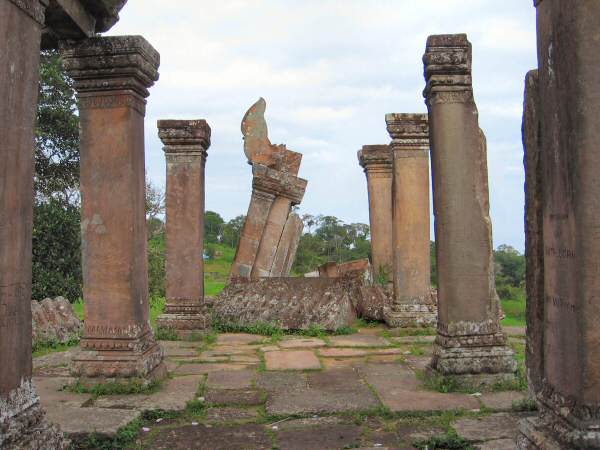
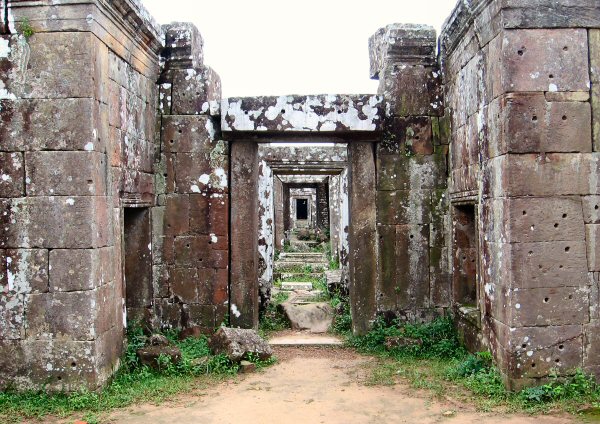

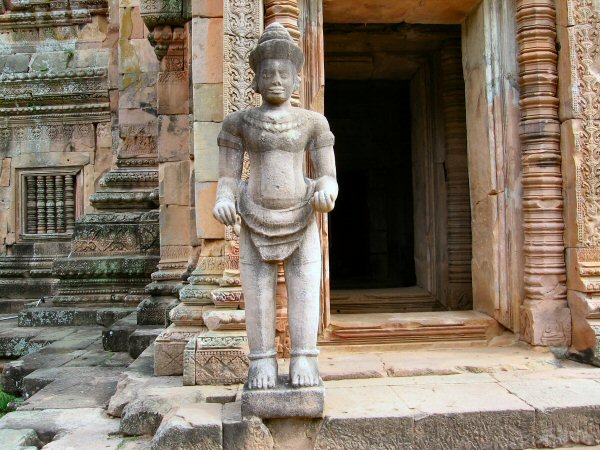
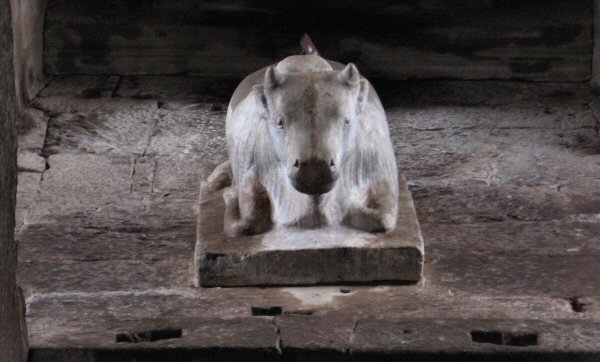
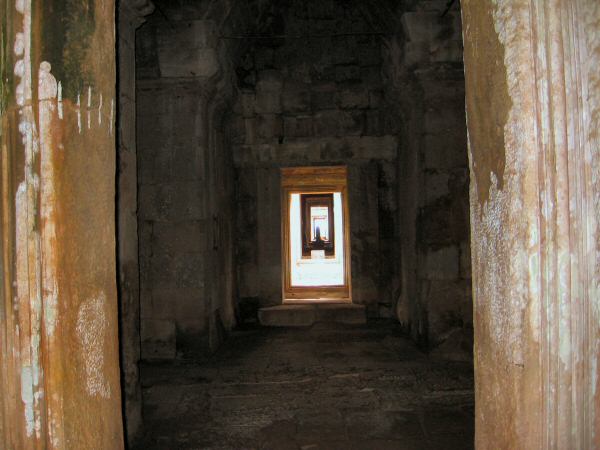
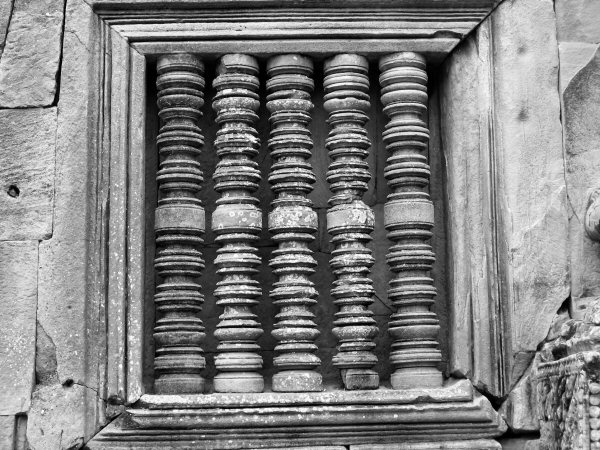
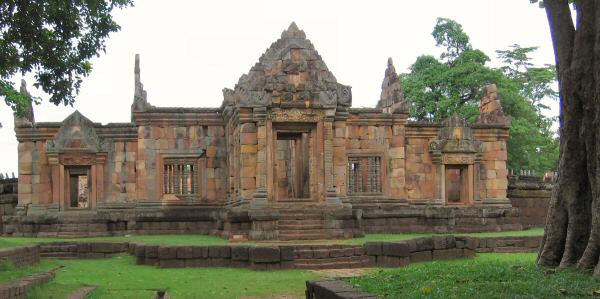

Recent Comments